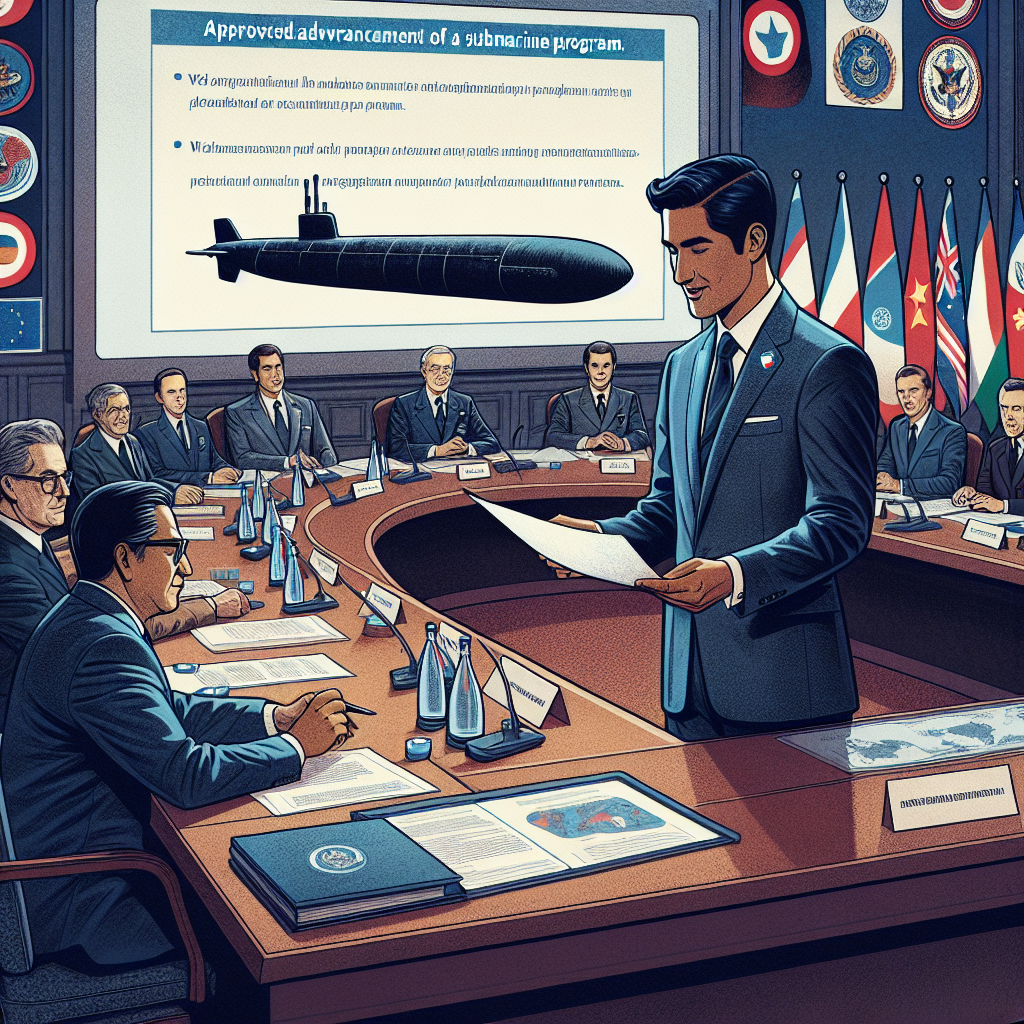On Thursday (November 20), a US envoy stated that President Trump approved South Korea’s advancement of a nuclear submarine program due to security challenges in the Yellow Sea region.
The US and South Korea unveiled a joint statement from their summit on November 13, which included formal US approval for South Korea to build a nuclear-powered submarine program and support for South Korea to acquire uranium enrichment and spent fuel reprocessing capabilities.
Prior to this, President Trump and South Korean President Lee Jae-myung met in Gyeongju, South Korea on October 29. Lee Jae-myung requested Trump’s approval for South Korea to obtain nuclear submarine fuel.
During the meeting, Lee Jae-myung mentioned that diesel-powered submarines have limited capabilities in tracking North Korean and Chinese submarines. South Korea has long sought to build nuclear-powered submarines, and gaining US approval is undoubtedly a significant victory.
According to Yonhap News Agency, the US’s Charge d’Affaires in South Korea, Kevin Kim, attended the Korea-US Legislators’ Alliance inaugural forum on Thursday. He stated that the recently released joint statement from the US-South Korea summit outlined commitments of the alliance, emphasizing the closeness of the two countries’ relationship.
He said, “This historic document underscores the comprehensiveness of our relationship, covering all aspects of the US-South Korea alliance… This clearly shows that the future of the US depends on South Korea, and vice versa.”
“We are all aware that security challenges in the Korean Peninsula and Indo-Pacific region are constantly evolving… Just look at recent events in the Yellow Sea. It is for this reason that President Trump and President Lee Jae-myung agreed to modernize the US-South Korea alliance, increase South Korea’s defense spending, and seek new capabilities such as nuclear-powered submarines,” he added.
Kevin Kim did not elaborate on the challenges faced in the Yellow Sea. However, China is trying to enhance its influence in the Yellow Sea region.
The Trump administration is urging allies and Indo-Pacific partners to take on more defense responsibilities, as the US is working to address the “pacing threat” from China.
China unilaterally builds large-scale maritime constructions equipped with airstrips and radar systems in the overlapping areas of China and South Korea in the Yellow Sea. South Korea views this move as similar to China’s construction of artificial islands in the South China Sea, paving the way for territorial claims in the region.
Last week, US Navy Chief of Naval Operations Admiral Daryl Caudle stated in an interview with South Korean media that it would be “natural” if South Korea’s navy were to utilize nuclear-powered submarines to counter Chinese threats once construction is completed.
The Chinese Embassy in Seoul expressed dissatisfaction, accusing the US of “sowing discord” between China and South Korea in their bilateral relations.

